Wireless Radio Selection
by David Kohanbash on May 2, 2022
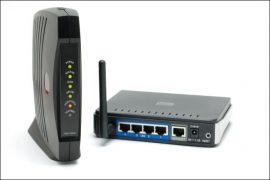
Radios are used for different things; data, audio, video, etc.. In robotics they are most often used for transmitting data wirelessly.
There are many different types of radios available to choose for your robotic system. There are probably hundreds of individual radios to choose from. This post will look at some of the different categories.
I am partially sorting this by frequency. The S band is roughly 2.2-2.5GHz and the C band is roughly 4.4-6GHz. Both the S and C band have certain frequencies that are set aside for unlicensed use. These unlicensed frequencies are what will be used in the home and commercial grade radios. The higher performance radios will be able to use other frequncies within those bands and other bands that are potentially less congested and can operate at higher transmit power.
Reminder that higher frequencies can carry/encode more data, however lower frequencies will often transmit farther and go through more objects.2.4/5.8GHz Home Grade
This is your typical home router with integrated wireless access point (AP). These tend to want nice temperatures and minimal shock/vibe loading. Some of these AP’s have integrated antennas or attached antennas, this will prevent you from swapping antennas to be more applicable to your task or from mounting the antennas separate from the router (your robot might look silly with a large home router hanging off the top). These routers also typically have a lot of holes/slots for airflow, this means dust/water can get in the router and you need to think about airflow for cooling. These AP’s generally have full routers and network switches built-in. They are easy and cheap to get, you can find them on Amazon, ebay, or your basement.
2.4/5.8GHz Commercial Grade
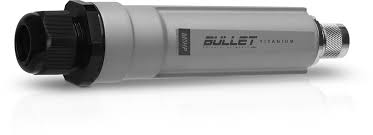
Commercial grade AP’s are generally designed to be more flexible. This space has radios such as from Cisco and from Ubiquiti. These radios tend to be dust/water sealed, allows for external connectors, be more robust and have more features that you might want. Many of these AP’s are in the $100-1000 range. These AP’s often have full routers built in.
2.4/5.8GHz Commercial Grade Mesh
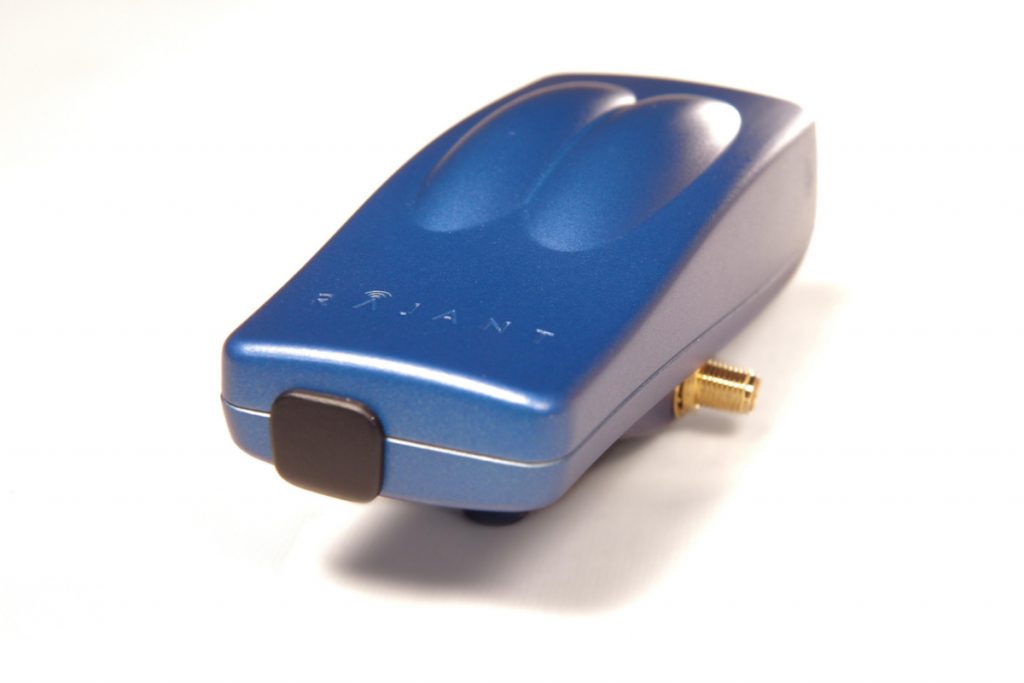
This category is similiar to the Commercial grade AP’s above, however they are designed for mesh networks (where data can hop between various radios to reach a desired destination). Within this category you need to be careful since some are designed for having the AP’s moving around (such as Rajant) and others are designed for mostly static applications (such as Ubiquiti). Generally the static mesh radios are similiar price to the commercial grade radios above, while the radios designed to work with moving radios can cost a few thousand dollars each.
The primary difference between the radios designed to static vs dynamic is how they remesh and adapt to a changing network. Some radios designed to be static can take a long time to recognize a change, then take a long time to determine a good path through the mesh network for data.1.3/2.4/5.8GHz High-Performance / Military Grade
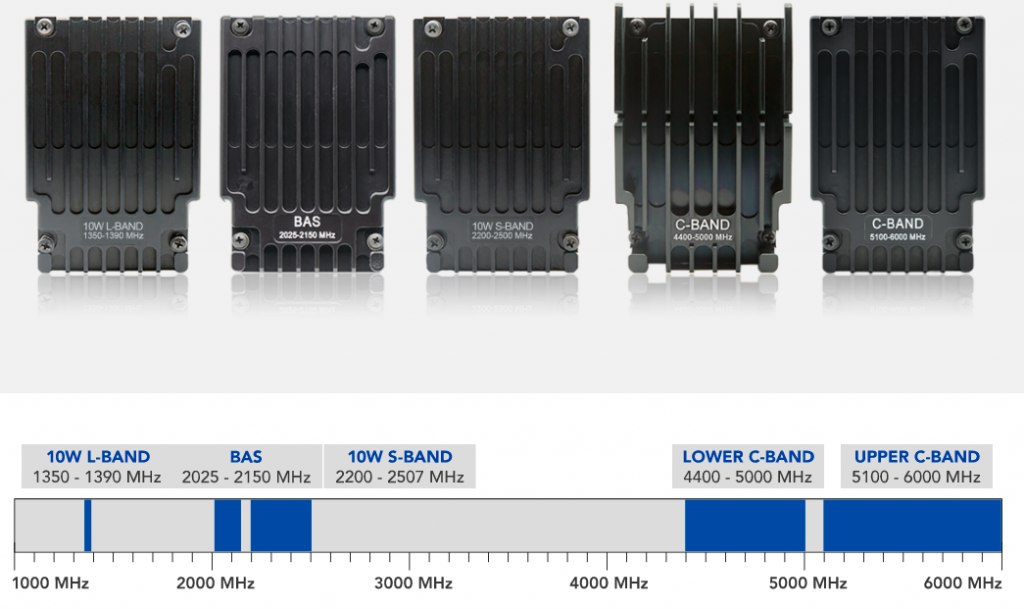
This is the category where things get fun. Two big names in this group are Persistent Systems and Silvus Technologies. Both of these radios are designed for Mobile Adhoc Networks (MANET), so having a “mesh” network with radios moving around; however they can also work very well for fixed installations. These radios are able to operate in extreme environments (such as Subterranean) at high power (10W) and use MIMO to optimize data-rate vs reliability. These radios can be used in unregulated RF space, however you will need to limit the frequency and power significantly if you dont get legal approvals (FCC in the USA). These radios tend to have a lot of interesting features such as signal encryption, serial-ethernet converters, video encoders, audio transmission and more. These radios tends to be in the “if you need to ask the price, you cant afford it” category.
For civilian use in the USA you will probably want a permanent or Special Temporary Authority (STA) license to use the higher power and other S band frequencies. Click here for more details.
For government use there are various Govt. spectrum manager groups that can help get approvals for these types of radios.900MHz Serial Radios
This category is among the simplest types of radio. In the most basic case you write characters/data from a serial port to the radio, and those same characters/data come out from other radios (as if they were connected with a wire). Due to the low(ish) frequency these radios tend to have good range but slow data rates. There are also various features available for these radios including, sleeping for low power applications and mesh networking. Some of the big players in this space are Digi and Freewave. The Digi radio is a low cost module that can be integrated into your systems, Sparkfun makes a nice board to talk to the radio over USB. The Freewave radio costs more but is good for higher power/range applications.
Specialty Radios
There are other specialty radios that are not covered in the categories below. These are generally either much higher or much lower frequency. The much lower frequencies are particularity interesting since they allow for communications in water and through rocks for subterranean (SubT) work. The downside of these lower frequencies are some of them have very low data rates, maybe as low as a couple bytes per second. The amateur radio world has developed some cool methods for communicating with some of these low frequencies.
Choosing a radio is only one part of the radio system. Click here to learn about selecting the right antenna configuration.
The main image is from https://en.wikipedia.org/wiki/Router_(computing). Other images come from the manufacturers website linked in the post.
None of the companies in this post contacted me about posting or are sponsoring this post.

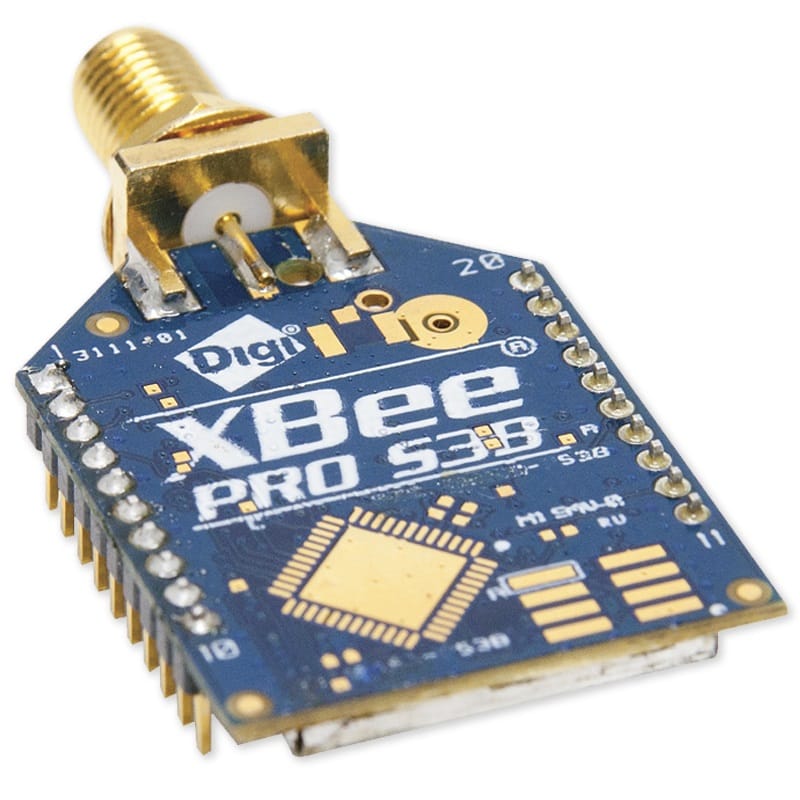
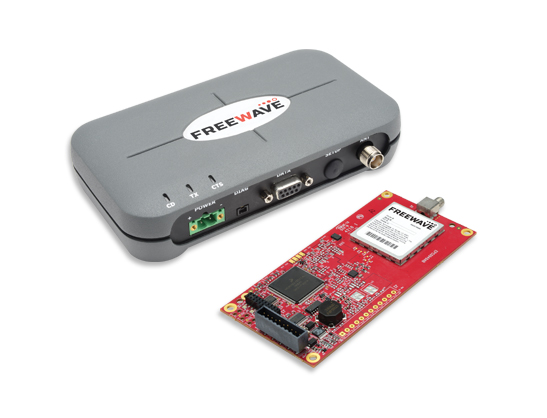

Leave a Reply